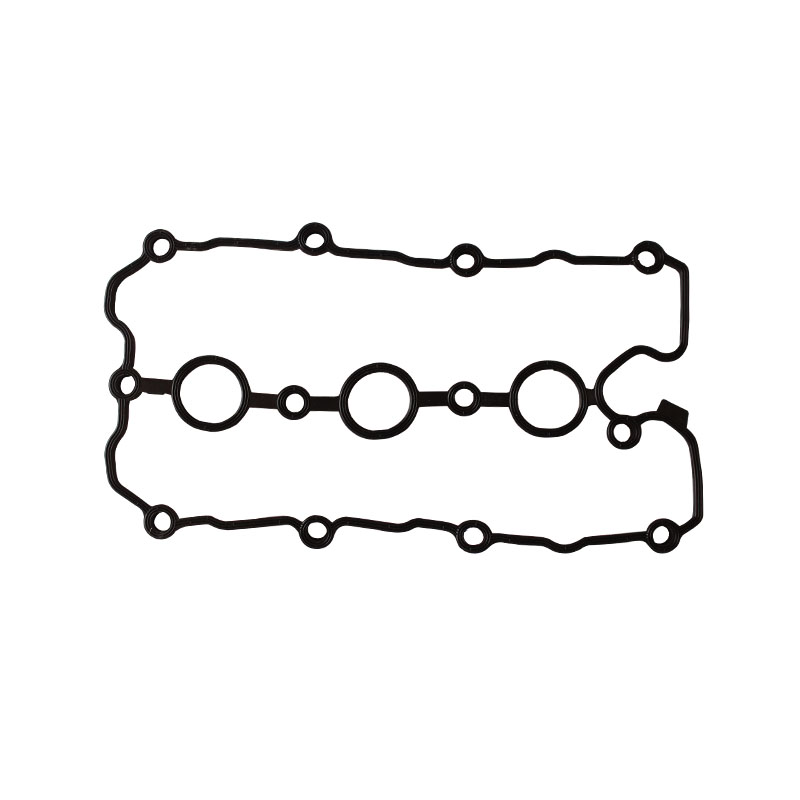crankshaft front oil seal
Understanding the Crankshaft Front Oil Seal Function, Importance, and Replacement
The crankshaft front oil seal is a crucial component in the internal combustion engine of most vehicles. This small yet significant part plays a vital role in maintaining the engine’s performance and longevity. Let’s delve into its function, why it is important, the potential issues that can arise, and the process of replacement.
Function of the Crankshaft Front Oil Seal
The primary function of the crankshaft front oil seal is to prevent engine oil from leaking out of the engine housing at the front of the crankshaft. The crankshaft is a rotating shaft that converts the up-and-down motion of the pistons into rotational motion, which ultimately drives the vehicle. At the front of the crankshaft, where it protrudes from the engine block, the front oil seal acts as a barrier, ensuring that the engine oil remains contained within the engine assembly.
In addition to retaining oil, the front oil seal helps keep contaminants, such as dirt and debris, from entering the engine. By effectively sealing the engine, it maintains proper lubrication, which is essential for reducing wear and tear on critical engine components and optimizing overall performance.
Importance of the Crankshaft Front Oil Seal
The crankshaft front oil seal is integral to engine health. A faulty or worn-out oil seal can lead to leaks, which in turn can result in low oil levels. Insufficient lubrication can cause engine parts to overheat and wear unevenly, potentially leading to catastrophic engine failure. Moreover, engine oil leaks can also create environmental hazards and lead to costly repairs.
Proper functioning of the oil seal also contributes to maintaining good oil pressure within the engine. Consistent oil pressure is necessary for efficient engine operation, as it ensures that all moving parts are adequately lubricated. Therefore, the front oil seal plays a key role not just in preventing leaks, but in ensuring that the engine operates smoothly and efficiently.
Signs of a Failing Crankshaft Front Oil Seal
Identifying signs of a failing oil seal early can save considerable time and money. Some common indicators of oil seal deterioration include
1. Oil Leaks If you notice oil pooling under your vehicle or leaking along the front of the engine, it may be a sign that the crankshaft front oil seal is worn or damaged.
2. Oil Pressure Warning Light A drop in oil pressure can also trigger the oil pressure warning light on the dashboard, suggesting that the oil seal may be compromised.
crankshaft front oil seal

4. Engine Performance Issues Unusual noises or reduced engine performance may be attributed to inadequate lubrication due to oil leaks.
Replacing the Crankshaft Front Oil Seal
If you suspect that your crankshaft front oil seal is failing, it’s crucial to address the issue promptly. While some may opt for a DIY approach, replacing the oil seal is typically a complex job that may require professional assistance, particularly in ensuring that the timing components are reassembled correctly.
The replacement process generally involves the following steps
1. Preparation Remove any necessary covers, belts, or components blocking access to the crankshaft.
2. Timing Belt/Chain Removal In many cases, the timing belt or chain must be removed to access the oil seal.
3. Seal Removal Carefully pry out the old oil seal, taking care not to damage the surrounding components.
4. Installing the New Seal Lubricate the new seal and press it into place, ensuring it sits evenly.
5. Reassembling Reinstall any components that were removed during the process.
6. Testing Once everything is back together, start the engine and check for leaks.
In conclusion, the crankshaft front oil seal is an essential component that protects the engine's integrity and performance. Regular maintenance and vigilance for warning signs can help prevent costly repairs and extend the life of the engine. Ensure that any potential issues are addressed promptly to maintain optimal engine function.
-
Simplifying Oil Changes: A Comprehensive Guide to Oil Drain Plugs and Their Variants
News Aug.04,2025
-
Mastering Oil Drain Maintenance: Solutions for Stripped, Worn, and Upgraded Oil Plugs
News Aug.04,2025
-
Fixing Oil Pan Plug Issues: Leaks, Stripped Nuts, and the Right Replacement Solutions
News Aug.04,2025
-
Everything You Need to Know About Oil Drain Plugs: Sizes, Fixes, and Upgrades
News Aug.04,2025
-
Choosing the Right Oil Drain Plug: A Guide to Sizes, Materials, and Drain Innovations
News Aug.04,2025
-
A Complete Guide to Automotive Drain Plugs: Types, Problems, and Innovative Solutions
News Aug.04,2025
-
The Ultimate Guide to Car Repair Kits: Tools and Essentials Every Driver Should Own
News Aug.01,2025
Products categories















